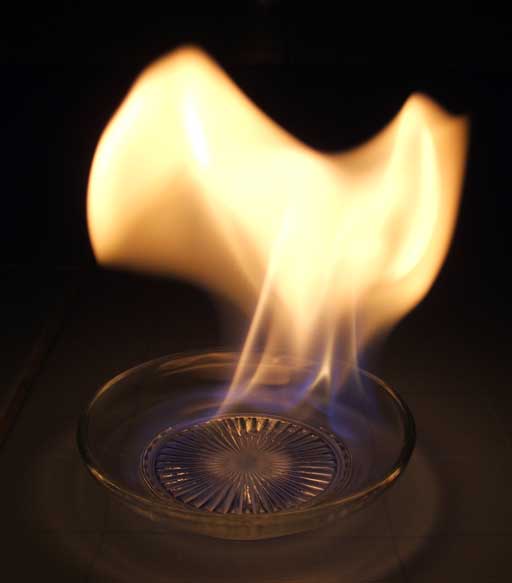Chemistry µGCSE:Alcohols
10 quick questions - for GCSE and iGCSE
10 minutes maximum! Can you do it in 5? |
|||||||||||||||||
1. The functional group of the alcohol family is ...
| |||||||||||||||||
Q2-5: Sugars such as glucose (C6H12O6) can be converted into ethanol. |
|||||||||||||||||
2. The name of this process is ...
| |||||||||||||||||
3. The conditions required for this reaction to take place are:
| |||||||||||||||||
4. The equation for this reaction is:
| |||||||||||||||||
5. A concentrated solution of ethanol is obtained from the reaction mixture by ...
| |||||||||||||||||
6. Ethanol can also be produced by the reaction between ethene and steam. The equation for the reaction is ...
|
|||||||||||||||||
7. Ethanol is very useful as a fuel:
|

| ||||||||||||||||
The products of the complete combustion of ethanol are ...
| |||||||||||||||||
8. What are the names of the two alcohols X and Y shown here?
| |||||||||||||||||
| |||||||||||||||||
9. The product(s) formed when ethanol is treated with an oxidizing agent is ...
| |||||||||||||||||
| 10. C3H7OH can be converted to C2H5COOH. This is a(n) reaction. | |||||||||||||||||